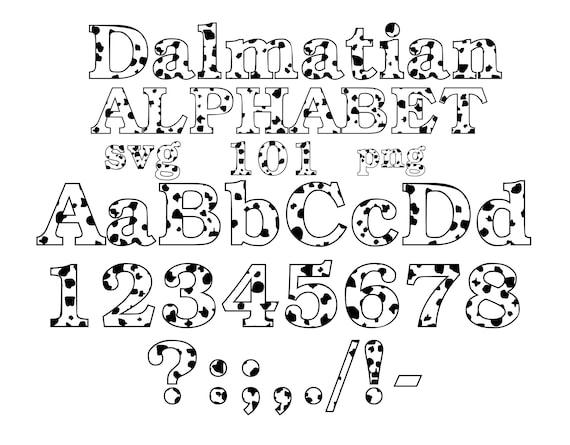The Alphabet: Foundations of Communication and Culture

Introduction
The alphabet is a foundational element of written communication, serving as the backbone of countless languages around the world. Its development has played a crucial role in the way societies exchange ideas, preserve history, and foster relationships. Understanding the significance of the alphabet is not only essential for linguists but also for anyone who appreciates the nuances of human communication.
History of the Alphabet
The alphabet’s origins can be traced back to ancient civilizations, notably the Phoenicians around 1050 BCE. They developed a script comprised of symbols that represented sounds, which laid the groundwork for many modern alphabets. The Greeks adapted this system, introducing vowels, and the Latin alphabet that we use today evolved from these ancient scripts.
Current Usage and Variations
Currently, there are numerous alphabets in use across the globe, including the Latin, Cyrillic, Arabic, and Chinese scripts, each serving the specific phonetic and linguistic needs of its language. The Latin alphabet, comprised of 26 letters, is particularly dominant, being the standard in many widely spoken languages, including English, Spanish, and French.
Technological Influence
The digital age has further transformed the way we interact with the alphabet. From word processors to social media platforms, the typing of letters has a new immediacy. Advances in technology, such as text-to-speech and predictive text, have made the alphabet more accessible, especially for those with disabilities. Yet, this reliance on technology raises questions about literacy and the potential erosion of traditional writing skills.
Conclusion
In conclusion, the alphabet remains a vital component of human communication, reflecting the evolution of societies and cultures over millennia. Its significance extends beyond mere letters, as it embodies the essence of expression and understanding. Future developments in language and technology will continue to reshape our engagement with this fundamental tool. As we navigate the complexities of modern communication, understanding and appreciating the alphabet’s rich history and future potential will be essential for creating a more connected world.
